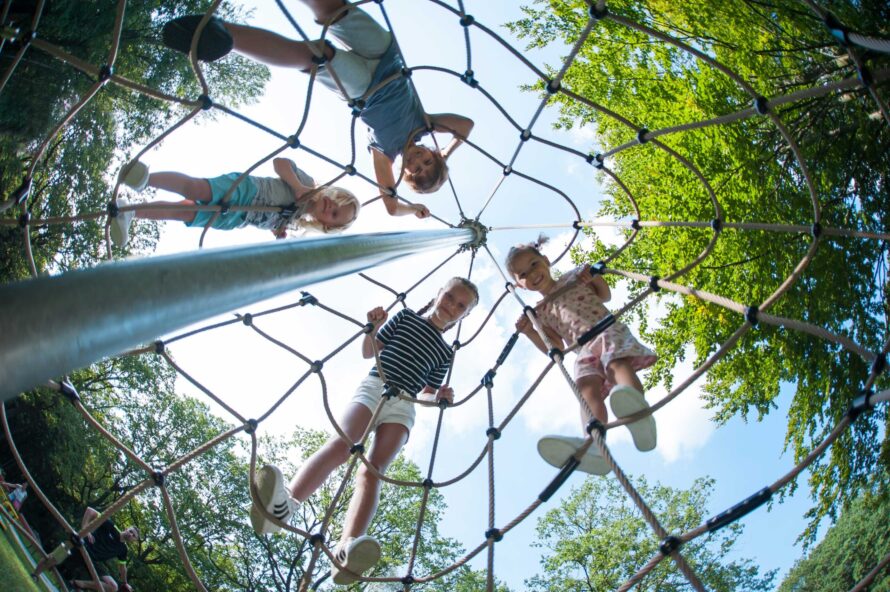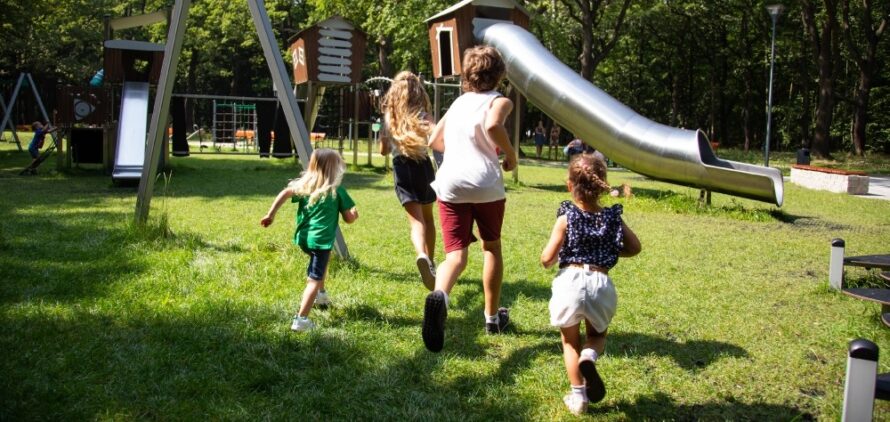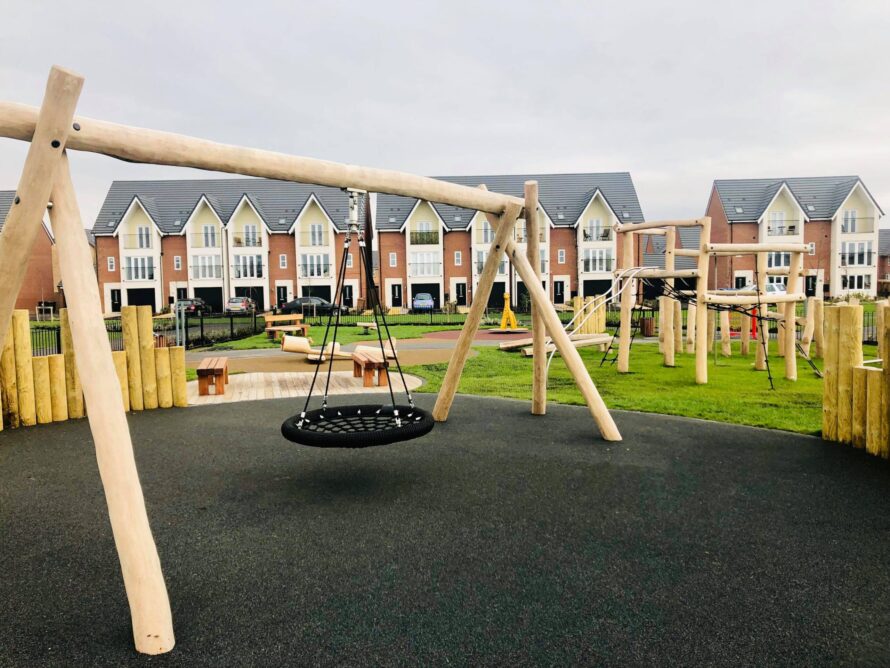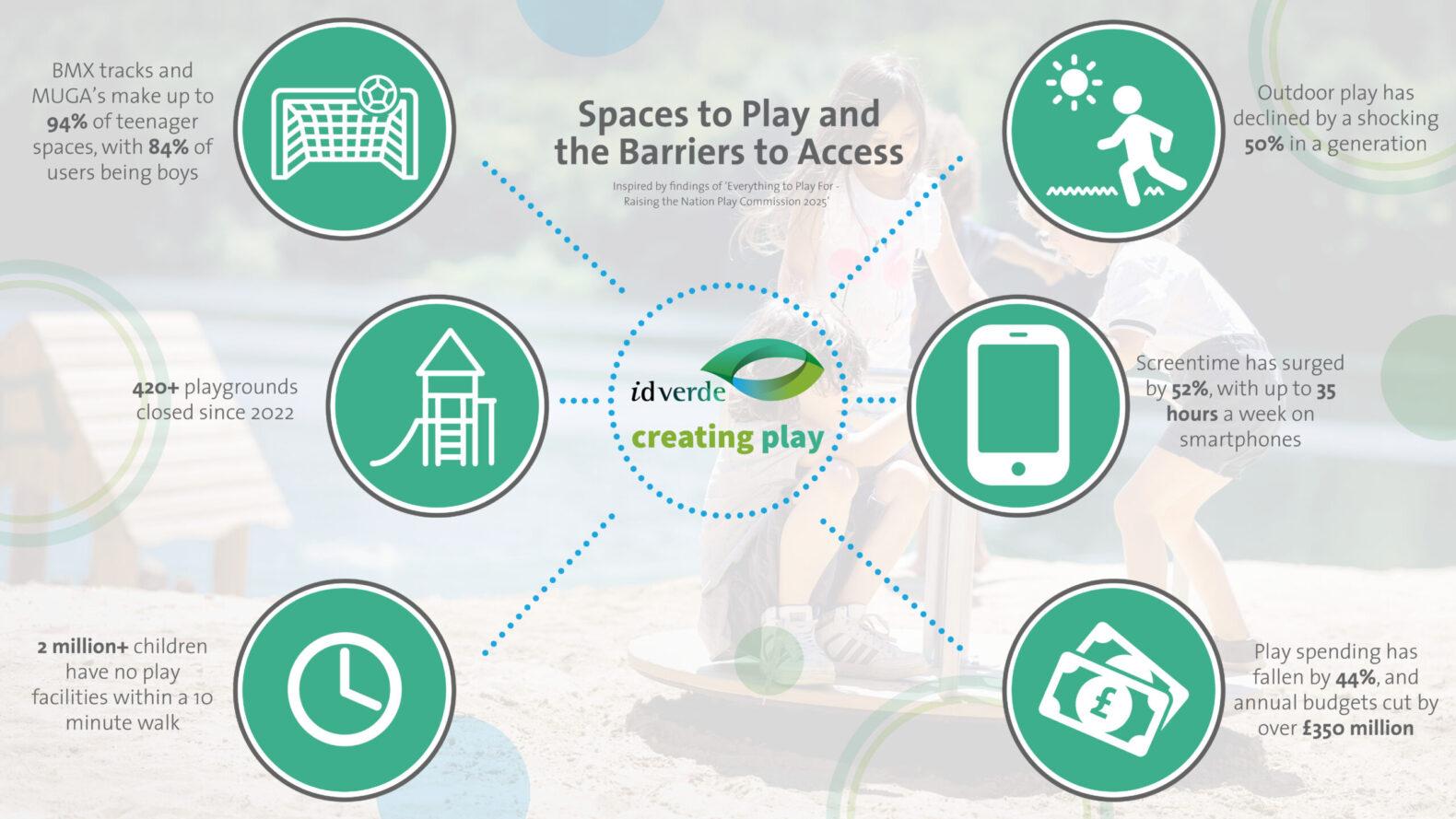Despite being one of the most valued components that parents look for, when seeking a playful neighbourhood, alongside revealing within a poll it is the factor they favour the most for Government investments (44% want more within outdoor parks and 28% for playgrounds) (63,2). A shocking 76% of parents/carers still agree that people generally are less accepting of children playing outside, with a further 55% (and values increasing with parental age), saying their child plays outside far less than when compared to when they were a child. (9,2)
Play unfortunately results in often not being seen as a priority, and at worst in some cases, even be seen as a nuisance to some spaces. With an increase of prohibitions such as ‘No Ball Games’ signs and similar restrictions seen throughout the nation, children do not feel welcome to play in most spaces. With as many as 7,000 signs prohibiting play in London alone (11,2). Where children used to see little division between what is defined as a ‘play area’ and ‘non-play area’, there has become a clear indicator that children are not welcomed in certain locations, and as a result, they are pushed into limited spaces to search for their own freedom and ownership. However, with the continuous reduction of green and play spaces, these access points are becoming further and fewer between.
Spaces Not Safe for Children
Safety is unsurprisingly ranked as the second biggest barrier to playing outdoors by young children, with it ranking the highest concern among children aged 8-13 years of age. (25,2) and with over half the population at 56%, noting that their quality of local park or play area has declined (68,2), it is no wonder why.
In a societal period where we are in tune with the risks of our surrounding environments more than ever, it’s no surprise that through a combination of parents being concerned about the well-being of their children when out shared spaces, alongside the play spaces themselves not being fit for purpose, well maintained or welcoming environments; children do not feel safe either.
As a result, children are limited in the spaces they have to share with friends and experience play, and are more likely driven inside to seek social experiences through other means, such as online gaming or social media platforms. Alternatively, the only other option children have is to become dependent on parents/carers to take them to spaces they can play freely and safely, but with this being a luxury in itself, not all parents/carers are able to fulfil these constraints. Further, highlighting the significant need for more safe and free-to play spaces which children can access at their own local level. (67,2)







